Sekigahara to Nakatsugawa
Sekigahara to Tarui
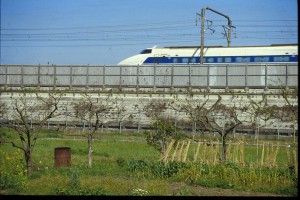
Looking back at Sekigahara a short while after leaving the town, the strategic significance of this site can be fully appreciated. The extensive Mino plain is ringed by a chain of mountains broken, apparently, at only two places: the Pacific coast to the south, and the pass at Sekigahara to the west. Lying close to the very center of Japan, the ... [Read more]
Tarui to Mieji
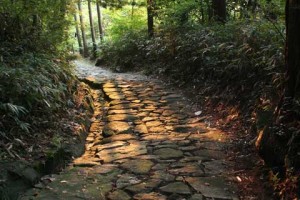
Tarui is one of the oldest post-towns on the Nakasendo having formerly been a post-town on the original Tosando highway. Records indicate it served continuously in this capacity from the late 12th century, although its’ position at the entrance to the valley leading to the pass at Sekigahara, one of great strategic importance, suggests the history ... [Read more]
Mieji to Gifu
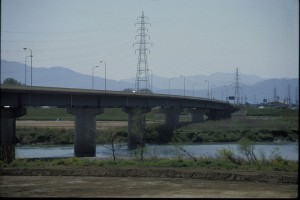
Situated in the center of the Mino plain the post-town of Mieji was frequently subject to flooding in the Edo period. The disruption this caused travelers, not to mention the discomfort, led to Mieji being described as having the worst conditions of any post-town. Nevertheless, at the end of the Edo period the town could still boast eleven inns for ... [Read more]
Gifu to Mitake
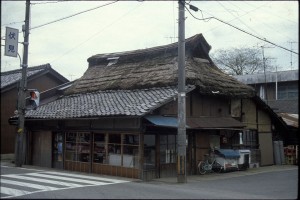
The modern city of Gifu, capital of Gifu prefecture, is dominated by the castle which sits atop Inaba Hill, flanking the north-eastern sector of the city. Built originally in 1203 the castle was one of critical importance during the period of unification in the years leading up to the climactic Battle of Sekigahara . Control of the castle was vital ... [Read more]
Mitake to Saito
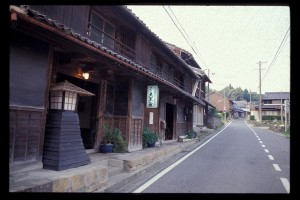
From Mitake to Saito the road is quiet and it offers few places to spend the night. Farmers working alongside the old highway during the afternoon hours look-up and express concern for travelers heading for the next post-town, Hosokute. ‘You be careful and reach there before nightfall. It’ll take you at least a couple more hours. And you better ... [Read more]
Saito to Hosokute
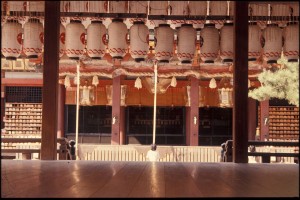
The journey through the woodland from Saito to Hosokute is broken from time to time by the sudden appearance of a small, ancient hamlet. They provide a welcome opportunity for a brief rest and the villagers, if anyone is around, are more than willing to stop their work awhile for a bit of idle conversation. At the small village of Saito the ... [Read more]
Hosokute to Biwa-toge

The post-town of Hosokute was established somewhat later than most other post-towns on the Nakasendo, in 1610. Originally, no official rest-stops had been planned for this remote, rather mountainous region, but popular demand required that some provision for travelers be made here. Today the town is populated mostly by old folk since the younger ... [Read more]
Biwa-toge to Okute
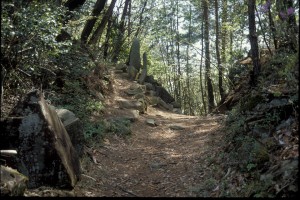
Biwa-toge had a reputation for being a hard pass to cross, but that was because of the frequently inclement weather rather than the difficulty of the terrain. Ishidatami were laid to counteract the slipperiness. Here they form the longest section of paving anywhere on the Nakasendo, some 620 yards long. According to the description at the bottom of ... [Read more]
Okute to Jusan-toge
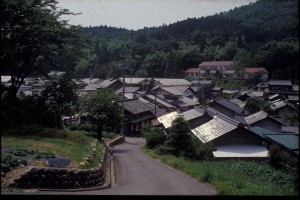
Leaving Okute, the road passes the site of the former bansho and turns sharp right to climb a short, steep hill. From this vantage point there is a fine view of the old post-town, which still retains many traditional features. A 1200 year old cedar tree in the grounds of the shrine is the most obvious landmark. Also readily apparent, on the ... [Read more]
Jusan-toge to Nakatsugawa
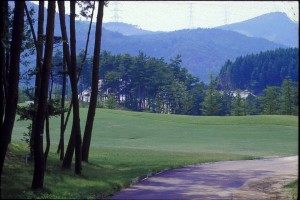
Jusan-toge (Thirteen passes) is really a series of climbs and descents along the ridge which carried both the old Nakesendo highway, and the 8th century Tosando before that. In the Edo period , it was an isolated area. There were three houses which ran illegal gambling, but their existence was such a well known secret that most guidebooks mentioned ... [Read more]
